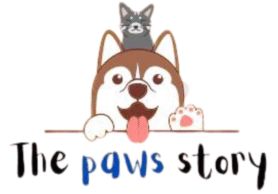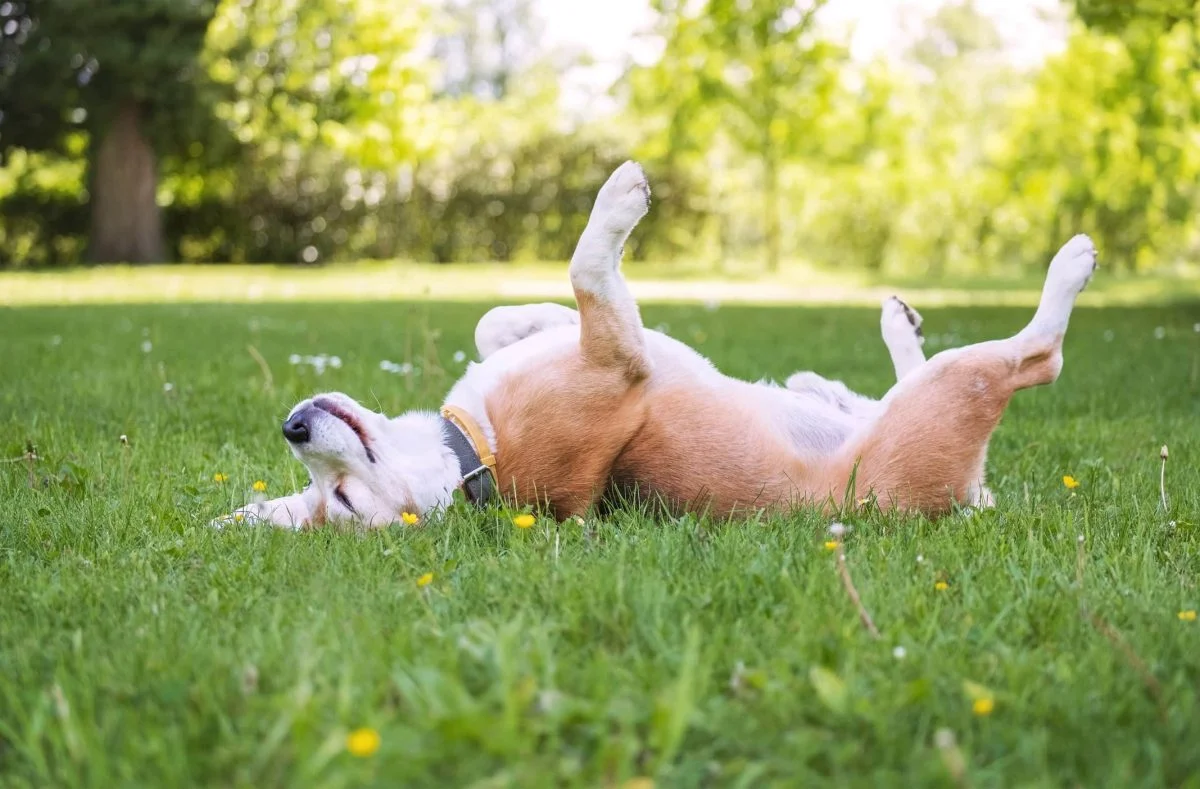“Why Dogs Roll in Smelly Stuff (Dead Animals, Poop, etc.)” is a question that has baffled and grossed out dog owners for centuries. It’s a behavior that seems utterly repellent to the human nose, yet for our canine companions, it’s an act of pure bliss, often accompanied by ecstatic wriggles and grunts. This seemingly inexplicable habit, far from being a mere quirk, is deeply rooted in the evolutionary history and sensory world of dogs, a testament to their wild ancestry and their unique way of perceiving their environment. To understand “Why Dogs Roll in Smelly Stuff “, we must shed our human-centric olfactory biases and dive into the fascinating, albeit sometimes pungent, realm of canine communication and survival strategies.
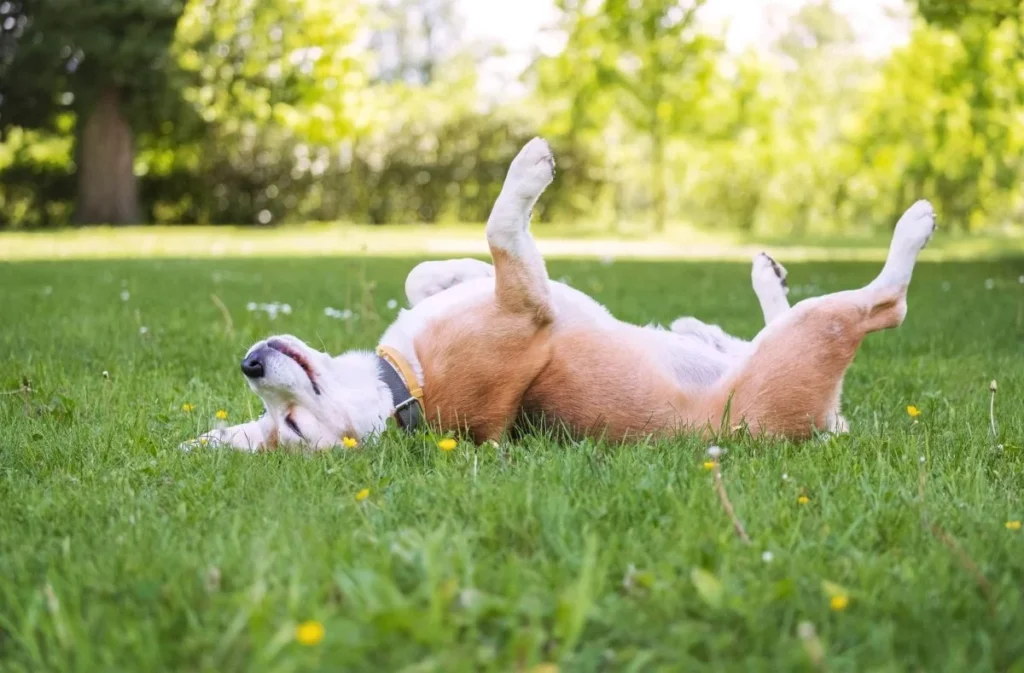
The most widely accepted theory for “Why Dogs Roll in Smelly Stuff (Dead Animals, Poop, etc.)” posits that it is a direct evolutionary hangover from their wolf ancestors. For wild canids, survival hinged on successful hunting and avoiding becoming prey themselves. One of the most critical elements in this survival game was scent. A wolf’s own scent, particularly when hunting, could alert prey to its presence, diminishing its chances of a successful ambush. Imagine a deer in a forest, its senses highly tuned to detect the subtle scent of a predator. If a wolf smells distinctly like “wolf,” the deer will flee. However, if that wolf is camouflaged with the scent of something innocuous, like herbivore droppings or a decaying carcass, the deer might not perceive the immediate threat. By rolling in the feces of herbivores or the remains of a dead animal, wolves could effectively mask their own distinct predatory odor, allowing them to approach prey more closely and increase their hunting success. This “olfactory camouflage” was a vital survival tactic. This is a primary explanation for “Why Dogs Roll in Smelly Stuff (Dead Animals, Poop, etc.)”.
Beyond simply masking their own scent for hunting, the act of “perfuming” themselves with strong odors might have served another camouflage purpose: avoiding larger, more dominant predators. While a wolf might be a formidable hunter, it could also be prey for an even larger predator, such as a bear or another rival pack. By coating themselves in a smell that is common in the environment and perhaps even repellant to those predators, they could effectively blend into the olfactory landscape and avoid detection. The theory of camouflage, therefore, is a multi-faceted answer to “Why Dogs Roll in Smelly Stuff (Dead Animals, Poop, etc.)”.
However, the evolutionary logic behind “Why Dogs Roll in Smelly Stuff (Dead Animals, Poop, etc.)” extends beyond mere camouflage. Another compelling theory centers on communication within the pack. For social animals like wolves and their domesticated descendants, information sharing is paramount. Imagine a wolf pack foraging across a vast territory. If one wolf discovers a particularly interesting scent – perhaps a large, recently deceased animal, or the fresh droppings of a potential prey species – rolling in that scent allows it to “wear” the information. When the wolf returns to the pack, the other members can sniff the strong odor on its fur and immediately gain valuable intelligence about the environment. This is akin to a sensory “show and tell.” The scent acts as a portable message board, indicating the presence of a potential food source, a new territorial marker, or even a novel and intriguing stimulus. Some researchers suggest that the pack might even follow the scent trail back to its origin, thereby leading them to the discovery. This concept of “information transfer” is a significant contributor to understanding “Why Dogs Roll in Smelly Stuff (Dead Animals, Poop, etc.)”.
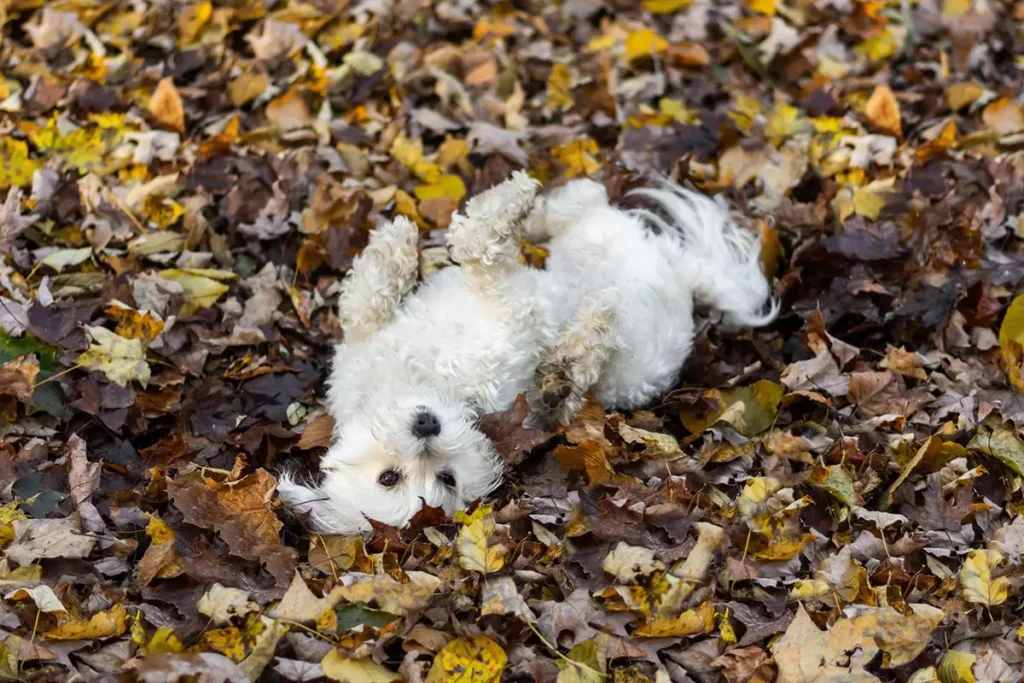
Furthermore, this communication might not always be about finding food. It could also be a form of social bonding or status signaling. If a high-ranking wolf rolls in a particularly potent scent, other wolves might follow suit, creating a “group odor” that reinforces pack identity and cohesion. In some cases, a subordinate animal might roll in the scent of a more dominant one, perhaps as a way to “ingratiate” itself or to subtly absorb some of that higher status. The sheer novelty of a new, strong smell can also trigger this behavior. Studies have shown that wolves are often more inclined to roll in unusual or unfamiliar odors, even those not typically associated with prey or predators, suggesting a form of information gathering and sharing about the environment. This social aspect offers a nuanced perspective on “Why Dogs Roll in Smelly Stuff (Dead Animals, Poop, etc.)”.
It’s also worth considering the sensory experience from the dog’s perspective. While these odors are disgusting to us, dogs have an olfactory world that is magnitudes more complex and nuanced than our own. What we perceive as a foul, monolithic stink, a dog perceives as a rich tapestry of chemical information, a veritable symphony of scents. A decaying carcass or a pile of feces is not just “gross” to them; it’s a treasure trove of information about the animal it came from, its diet, its health, and its recent activities. Rolling in it might be an intensely pleasurable experience, a sensory overload that satisfies a deep-seated instinct. It’s their version of putting on a favorite perfume, albeit one that is decidedly unappealing to human sensibilities. This “scent ecstasy” might be a simple, yet powerful, motivator for “Why Dogs Roll in Smelly Stuff (Dead Animals, Poop, etc.)”.
Lastly, some theories propose that “Why Dogs Roll in Smelly Stuff (Dead Animals, Poop, etc.)” could be a way for dogs to mark or claim a resource. By rolling in a carcass, for example, they are not only picking up its scent but also leaving their own, essentially “claiming” it for themselves or their pack. This territorial marking behavior is a common canine trait, seen in urination and other scent-depositing actions.
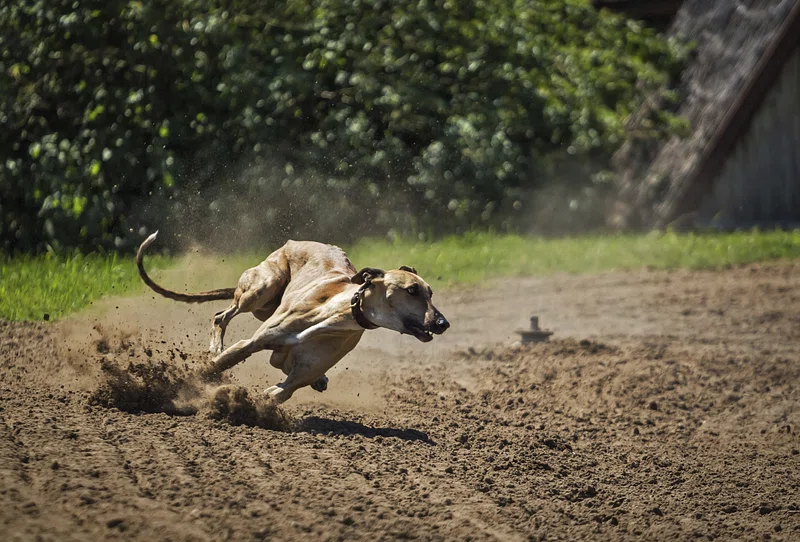
While we may never definitively uncover every single reason “Why Dogs Roll in Smelly Stuff (Dead Animals, Poop, etc.)”, the confluence of these evolutionary theories provides a robust framework for understanding this often-disgusting but undeniably natural behavior. It’s a powerful reminder that our domesticated dogs, despite thousands of years of living alongside humans, retain strong instincts from their wild ancestors. These instincts, shaped by the harsh realities of survival in the wild, manifest in behaviors that may seem alien to us, but are perfectly logical within the context of their evolutionary heritage. So, the next time your dog gleefully plunges into a pile of something unspeakably foul, try to suppress your gag reflex and appreciate the intricate evolutionary logic behind this seemingly gross, but utterly canine, act. It’s a direct line back to their wild roots, a fleeting glimpse into the fascinating world of their ancestors.
